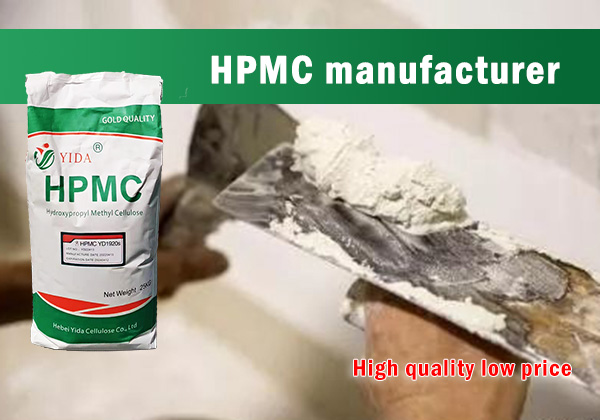Hydroxypropyl methylcellulose (HPMC) is a versatile polymer derived from cellulose, which is a natural polymer found in plants. HPMC is commonly used in various industries, including pharmaceuticals, construction, cosmetics, and food. This water-soluble compound has gained popularity due to its unique properties, such as film-forming, thickening, and stabilizing abilities. With its wide range of applications and benefits, understanding how to use HPMC effectively is essential for achieving optimal results.

HPMC finds extensive use in the pharmaceutical industry, where it is primarily employed as a binder, disintegrant, or film-forming agent in tablet formulations. Its ability to form gels and improve drug release profiles makes it a valuable component in controlled-release formulations. In the construction industry, HPMC acts as a thickener, water retention agent, and workability enhancer in cement-based materials, such as mortars, renders, and tile adhesives. Additionally, HPMC is utilized in cosmetic formulations, where it imparts viscosity, enhances stability, and provides a smooth texture. In the food industry, HPMC serves as an emulsifier, stabilizer, and texture modifier in products like sauces, dressings, and baked goods.
To ensure successful utilization of HPMC, it is crucial to follow some guidelines. Firstly, always refer to the product specifications provided by the manufacturer, as different grades of HPMC may have distinct properties and recommended usage levels. When incorporating HPMC into formulations, it is essential to disperse it properly in the desired liquid phase to prevent clumping or formation of lumps. Gradually adding HPMC while stirring vigorously or using a high-speed mixer can facilitate uniform dispersion. Maintaining the recommended pH range and avoiding the use of incompatible ingredients, such as certain salts, can also help preserve the functionality of HPMC. Lastly, the optimal concentration of HPMC depends on the specific application, and it is advisable to conduct small-scale trials to determine the appropriate dosage for the desired results.
To maximize the benefits of HPMC, implementing best practices is essential. When formulating with HPMC, it is beneficial to incorporate it into the system early in the process to allow sufficient hydration and achieve the desired viscosity. This helps prevent the formation of agglomerates and ensures proper film formation. Additionally, allowing adequate time for hydration, typically around 24 hours, is crucial for the formation of a stable gel network. It is also important to note that temperature affects the hydration rate of HPMC, with warmer temperatures accelerating the process. Furthermore, to maintain stability and prolong the shelf life of HPMC-based products, proper packaging and storage conditions, including protection from excessive moisture, heat, and direct sunlight, should be ensured.
In conclusion, HPMC is a versatile polymer with a wide range of applications in various industries. Understanding how to use HPMC effectively is crucial for achieving the desired outcomes. By following the guidelines provided by the manufacturer and implementing best practices, users can harness the full potential of HPMC. Whether in pharmaceuticals, construction, cosmetics, or food, HPMC's film-forming, thickening, and stabilizing abilities make it a valuable ingredient. So, embrace the power of HPMC and unlock endless possibilities in your formulations.
YIDA Cellulose Co., Ltd. is a Chinese factory specializing in the production of HPMC cellulose. It has 16 production lines and an annual output of 26,000 tons. YIDA can provide you with reliable, cost-effective HPMC cellulose. Our samples support free mailing and testing, and our laboratory can provide experimental data and product deployment.
Previous: Advantages and Disadvantages of Dye Ink
Copyright:@2020-2021
Comments Please sign in or sign up to post.
0
0 of 500 characters used